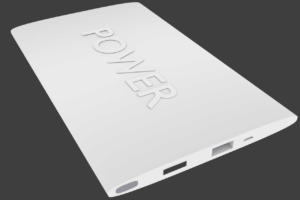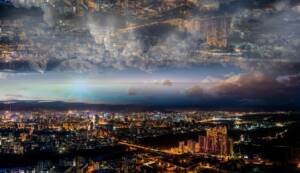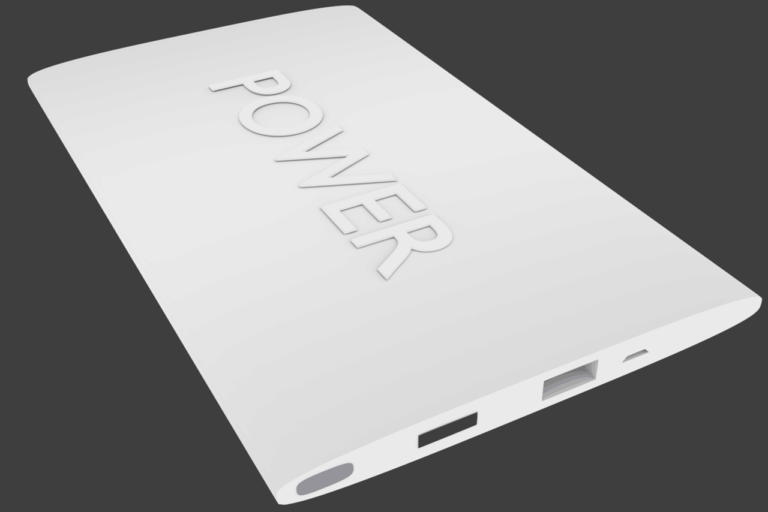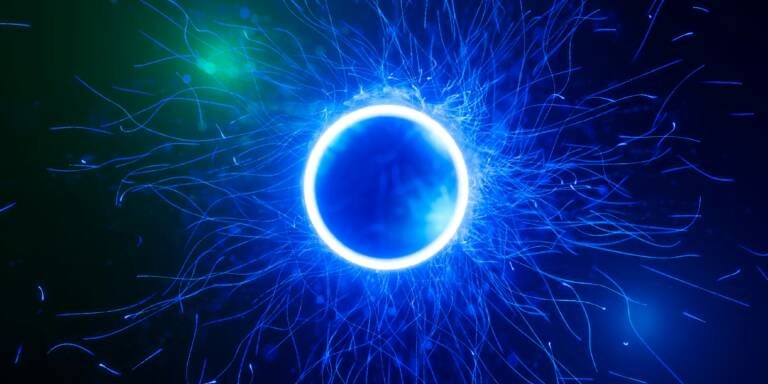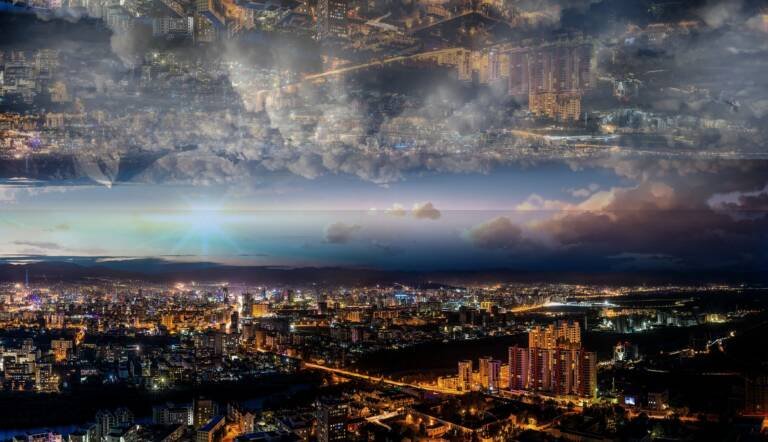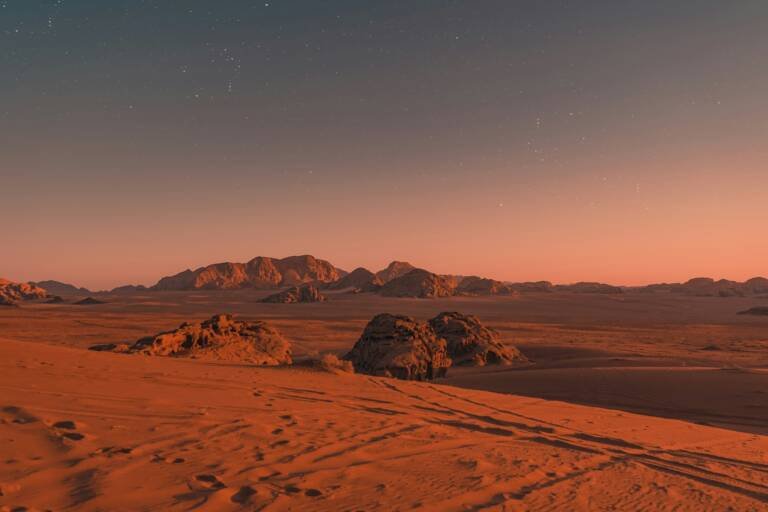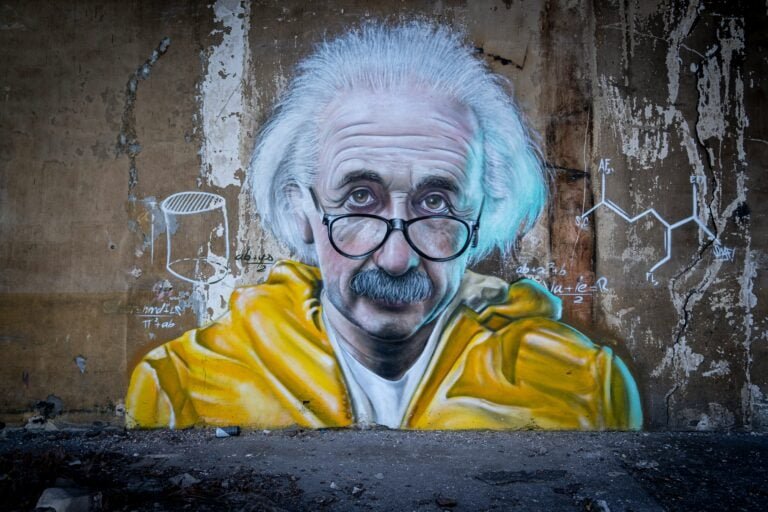Sora by Open AI: A Leap Forward in Generative AI
sora ai stock
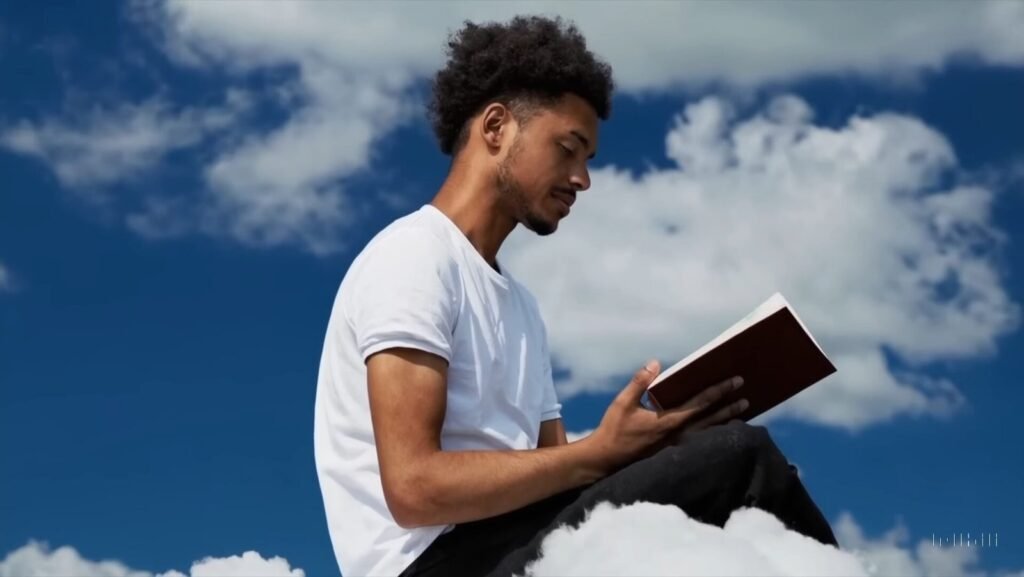
We’ve witnessed another significant advancement in generative AI with the introduction of Sora by OpenAI. While other AI text-to-video models have aimed to achieve similar levels of realism, Sora stands out as the top performer in this latest development. Today, we’re going to discuss Sora in detail.sora ai stock
The Dynamic Landscape of AI-Driven Video Creation
The continuous evolution of AI-driven technology for video creation stands as a prominent frontier of innovation. Researchers and engineers continually push the boundaries of artificial intelligence, transforming the landscape of video content generation and democratizing the video production realm. This advancement is not only reshaping but also making a significant milestone in AI’s involvement in video creation.
Transforming Ideas into High-Definition Videos with AI (sora ai stock)
However, have you ever considered the possibility of generating an HD video simply by providing a written prompt? Thanks to the progress in artificial intelligence, particularly in natural language processing (NLP) and computer vision, the creation of high-definition videos from a basic prompt has become a reality. This technology harnesses sophisticated algorithms and deep learning models to interpret and comprehend user input effectively.
Through the analysis of the provided prompt, the artificial intelligence system can generate a script, identify pertinent visuals, and even replicate human-like storytelling. This intricate process entails grasping the semantics of the prompt and considering various factors such as tone, mood, and context.
Unveiling Sora AI: Redefining Video Generation
Following the introduction of text-to-video models like Gen2 by Runway, Stable Video Diffusion by Stability AI, Emu by Meta, and Lumier by Google, OpenAI, the developers behind ChatGPT, unveiled a cutting-edge text-to-video deep learning model known as Sora AI. Tailored to generate short videos based on text prompts, this model, while not publicly accessible, has generated a spectrum of reactions upon the release of sample outputs. Some individuals have expressed enthusiasm, while others have voiced concerns reflecting the remarkable quality achieved by these outputs.
OpenAI is dedicated to advancing AI technology to comprehend and replicate real-world dynamics effectively. The primary objective is to develop models that aid individuals in addressing practical interaction challenges. Following the release of OpenAI’s text-to-video AI model Sora, a groundbreaking shift occurred in multimedia content creation.
Sora AI: Empowering Creators and Redefining Multimedia
Sora AI stands out as the text-to-video model capable of generating high-quality minute-long videos in response to user prompts. Presently, Sora AI is accessible to Red teamers for evaluating potential risks and harms. Additionally, visual artists, designers, and filmmakers have the opportunity to solicit feedback to enhance the model’s performance for creative endeavors.
OpenAI’s proactive approach involves sharing research progress early to engage with external users and solicit feedback, offering a preview of forthcoming AI capabilities. Sora AI exhibits an impressive ability to generate intricate scenes featuring multiple characters, diverse motion types, and detailed subjects and background elements. The model effectively grasps the user’s prompt and interprets how these elements manifest in the physical world.
With its advanced language comprehension capabilities, Sora AI actively interprets prompts, resulting in captivating characters that express vivid emotions. Moreover, it has the capacity to produce multiple shots within a single video while maintaining consistency in characters and visual style. The utility of Sora extends beyond text-to-video applications, encompassing tasks such as animating still images, extending existing videos, and facilitating video editing processes.
Despite its remarkable capabilities, OpenAI acknowledges the existence of potential risks and ethical concerns, underscoring the importance of soliciting external input and feedback. The significance of this model in various aspects of daily life is evident. For instance, graphic designers can utilize it for image animation and video editing, while educators can create animated visuals for instructional purposes. Additionally, Sora AI holds relevance for students in fields like architecture and biology, offering valuable tools for their studies and projects.
Sora AI’s Exceptional Proficiency in Dynamic Video Creation
Sora demonstrates exceptional proficiency in transforming textual directives into captivating videos, enabling users to effortlessly translate concepts into dynamic visual content. The model poses the capability to animate static images, infusing them with motion and vitality to create engaging visuals. Additionally, Sora can seamlessly extend pre-existing videos, ensuring a fluid continuation of scenes and narratives, thereby broadening storytelling possibilities.
Decoding Sora AI’s Technology: Diving into the D3 Framework
Users can utilize Sora for various video editing endeavors, including modifying backgrounds or settings within videos, highlighting its versatility in enhancing and adjusting visual content. Sora AI’s technology is rooted in the DE3 framework, which OpenAI categorizes as a diffusion transformer.
Sora AI utilizes a denoising latent diffusion model employing a single transformer as the denoiser. This process involves generating a video within an entropy space by denoising 3D patches, which are then converted to standard space through a video decompressor to enrich training data. Recaptioning is employed where a video-text model generates detailed captions for the video.
Sora AI: Balancing Innovation and Limitations
Sora AI exhibits emerging properties, demonstrating understanding in areas like 3D consistency, long-range coherence, object permanence, interaction, and simulation of digital worlds. However, it also presents limitations, such as occasional missteps in physics and biology, broken causality, and a lack of detailed control for creatives.
Navigating Ethical Frontiers: Open AI’s Responsibility with Sora
OpenAI foresees a significant impact on creativity but acknowledges the importance of addressing safety threats by collaborating with experts, implementing filters, and adding AI-generated metadata to flag videos. Ethical concerns include transparency regarding the model’s training data, copyright issues, and the concentration of power, as OpenAI holds considerable influence over AI innovation.
While Sora holds vast potential, concerns arise regarding OpenAI’s dominance in powerful AI models, raising questions about transparency, accountability, and ethical considerations within the broader AI landscape. The current iteration of the Sora model has notable limitations. It struggles to accurately replicate the intricate physics of complex scenes, often leading to inaccuracies in depicting cause-and-effect scenarios.
Sora AI: A Glimpse into the Future of Video Creation
For instance, it may fail to accurately portray actions like someone biting into a cookie, resulting in a mismatch where the cookie lacks the expected bite mark. OpenAI trained the model using publicly available and copyrighted videos obtained through licensing agreements, although specifics regarding the quantity and sources of these videos were not disclosed.
Moreover, the model may encounter challenges in maintaining spatial accuracy within a given prompt, occasionally confusing left and right orientations. Additionally, it may struggle to provide precise descriptions of events unfolding over time, such as accurately tracking a particular camera trajectory.
For example, there are instances where a group of wolf pups appears to multiply and converge, presenting a complex and challenging scenario for the model to accurately depict. Moreover, the realistic nature of videos generated by Sora could be manipulated to create content that incites discord and social unrest. For instance, the model could be used to fabricate videos depicting victorious violence, discrimination, or unrest, leading to high-threat tensions and potential real-world ramifications.
OpenAI acknowledges the risk of misuse and is actively taking measures to address safety concerns.


